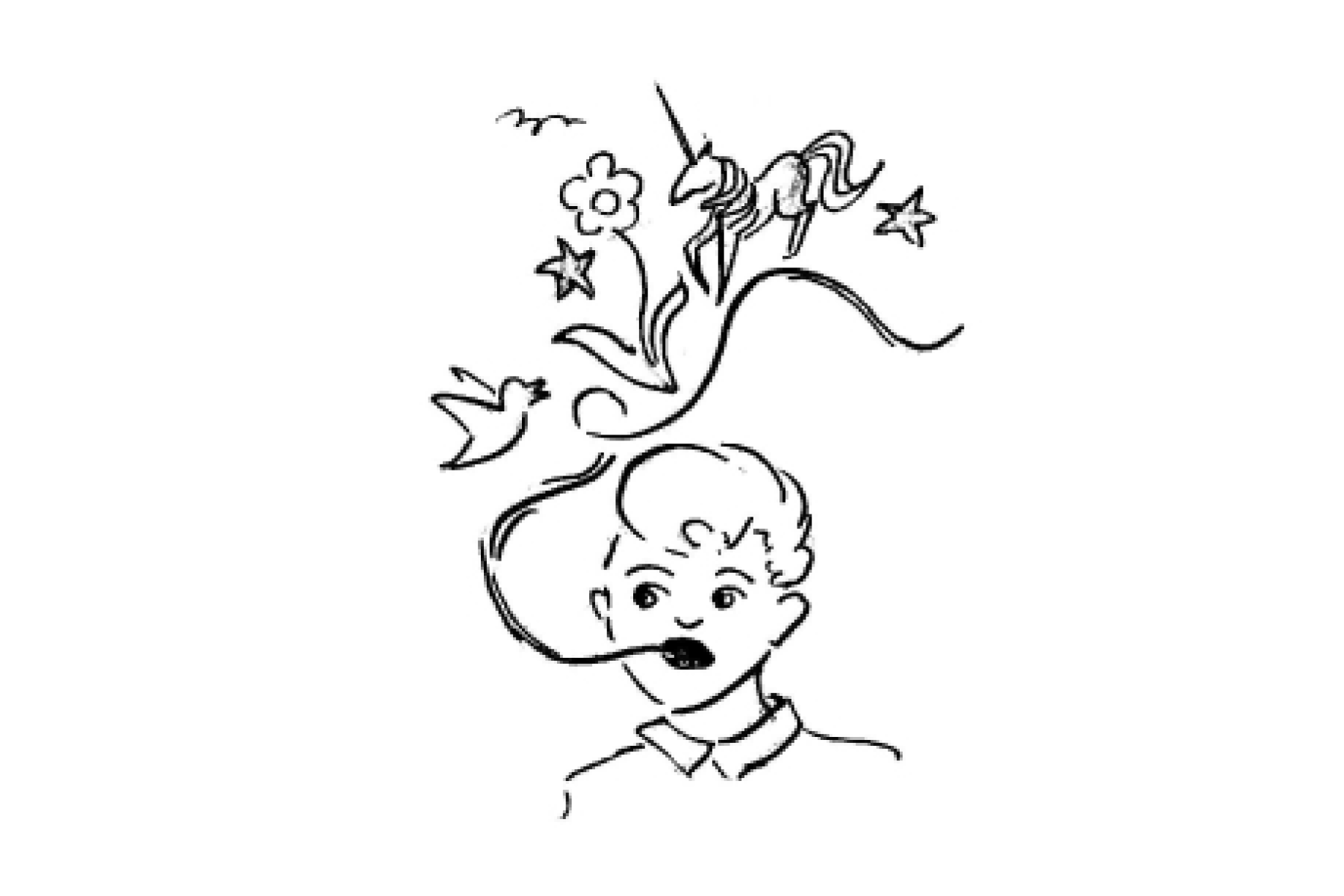
The Context
Before people buy the products you sell, they buy the story you tell. And great stories never happen by accident. Therefore, part of every creator’s job is to use narratives that make people proud to take the first step towards their creations. Stories that take audiences on a tour of what convinced artists to believe, so buyers can follow in their footsteps and believe the same thing. It’s idea theater. Priming and framing brains so they’re more receptive and willing to accept your reality. Startup pitch decks are exemplars of this kind of narrative. You can review hundreds of these documents online for free, and you’ll quickly notice patterns in how brands tell stories. These hopeful, ambitious founders who put their asses on the line and went on to make millions and change entire industries, they all started by setting the stage. They told a story that proved their business’s viability for its market, which is exactly what made investors, and ultimately, customers, believe.
The Tool
Prologuing
PROLOGUING — Illustrating the historical context to feather people’s intellectual nests so your product has a smooth landing
In your next presentation, show your audience how everything that’s happened in the world up until right now is just the beginning, and your product is uniquely positioned to be what’s next. Think of like writing a screenplay. Your story must build to a final action beyond which the audience cannot imagine another. All the insights add up together make the demand for your work fall out of the bottom naturally. By this point in the narrative, the potential buyer is basically thinking the same thing to themselves already, even before you say so. Shakespeare famously said that what's past is prologue, and now you can use that insight to reach a wider audience for your work.

Scott's Take
Canva, the innovative desktop publishing platform, has done a masterful job of prologuing. From day one, their company was on a mission to simplify the process of graphic design for photographers, illustrators, and artists globally. In their original pitch deck, they lead off with a brief history of publishing. Starting with the typewriter, then desktop computers, and then tablets, this startup painted a picture of where we’ve been, where we are, and where we’re going. Canva now has a three billion valuation and twenty million users worldwide. The launched their company by remembering history, and went on to actually make history themselves. This formula is huge for brand storytelling, as it helps potential buyers visualize the whitespace into which the new solution can exist.
The Rest
Remember, the historical context surrounding any problem almost always contains the seed for the solution. Use this prologuing technique to craft a story worth telling for a product worth selling. If everything you’ve done up until now is just the beginning, what’s next?
The Benefits
Engage audiences with narratives that win them over
Prove your creative work’s viability in the marketplace
Persuade clients and colleagues to see the situation and world as you see it
Help potential buyers visualize the whitespace into which your art can exist
Create a mythology around your brand that gets spread via word of mouth